Growing Demand for Personalized Medicine
The growing demand for personalized medicine is emerging as a significant driver for the AR and VR in Healthcare Market. As healthcare shifts towards tailored treatment plans, AR and VR technologies can assist in visualizing patient-specific data, such as genetic information and medical history. This capability enables healthcare providers to create more effective treatment strategies. Market analysis suggests that the personalized medicine market could reach 2 trillion dollars by 2030, indicating a substantial opportunity for AR and VR applications in this domain. By facilitating a deeper understanding of individual patient needs, these technologies may enhance the overall efficacy of personalized healthcare.
Enhanced Patient Experience and Engagement
Enhanced patient experience and engagement are critical factors influencing the AR and VR in Healthcare Market. As patients increasingly seek more interactive and engaging healthcare experiences, AR and VR technologies offer innovative solutions to meet these expectations. For instance, virtual reality can be utilized for pain management and anxiety reduction during medical procedures, leading to improved patient satisfaction. Data indicates that healthcare facilities implementing AR and VR solutions report a 20% increase in patient engagement levels. This trend suggests that as healthcare providers prioritize patient-centered care, the demand for AR and VR applications is likely to grow, further driving market expansion.
Increased Adoption of Telehealth Solutions
The rise of telehealth solutions appears to be a pivotal driver for the AR and VR in Healthcare Market. As healthcare providers increasingly adopt telehealth platforms, the integration of AR and VR technologies enhances remote consultations and patient monitoring. According to recent data, the telehealth market is projected to reach a valuation of approximately 250 billion dollars by 2028. This growth suggests that AR and VR applications, such as virtual consultations and remote diagnostics, could play a crucial role in improving patient outcomes and accessibility. The ability to visualize complex medical data through AR and VR may also facilitate better communication between healthcare professionals and patients, thereby fostering a more interactive healthcare experience.
Technological Innovations and Cost Reductions
Technological innovations and cost reductions are shaping the AR and VR in Healthcare Market. As the cost of AR and VR hardware and software continues to decline, more healthcare providers are likely to adopt these technologies. Innovations in mobile AR applications and affordable VR headsets are making it easier for healthcare facilities to integrate these solutions into their operations. Market forecasts indicate that the AR and VR healthcare market could exceed 12 billion dollars by 2025, driven by these advancements. This trend suggests that as technology becomes more accessible, the potential for AR and VR applications in various healthcare settings will expand, enhancing overall market growth.
Advancements in Medical Training and Education
Advancements in medical training and education are likely to propel the AR and VR in Healthcare Market forward. The use of immersive technologies in medical education allows for realistic simulations of surgical procedures and patient interactions. This hands-on approach not only enhances the learning experience but also improves retention rates among medical students. Recent studies indicate that training programs utilizing AR and VR can reduce the time required for skill acquisition by up to 30%. As educational institutions increasingly recognize the benefits of these technologies, the demand for AR and VR solutions in medical training is expected to rise, thereby expanding the market.


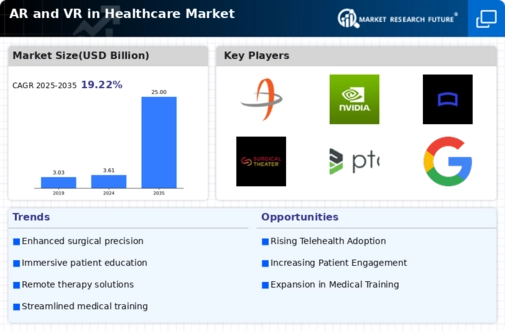
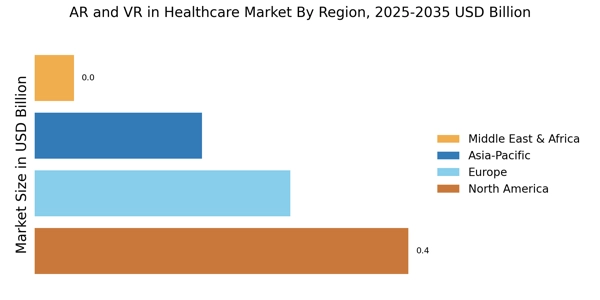
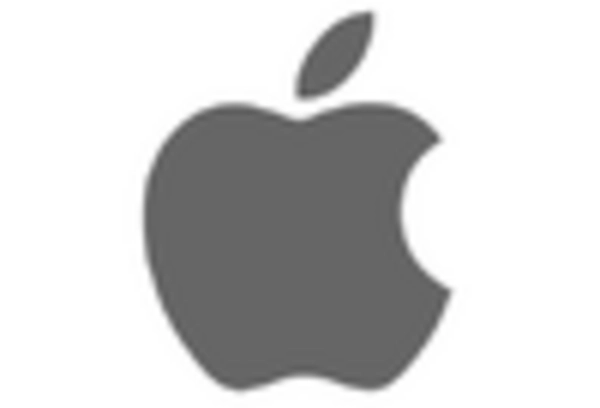

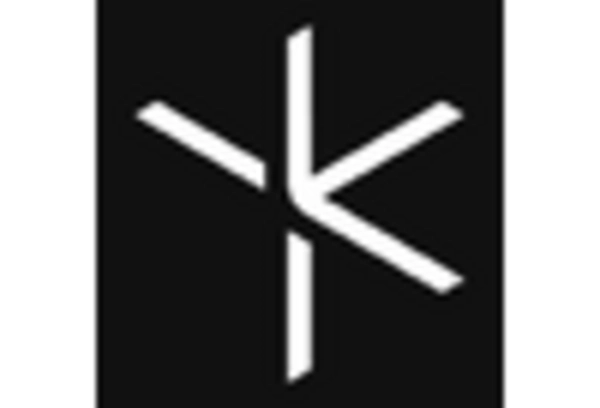
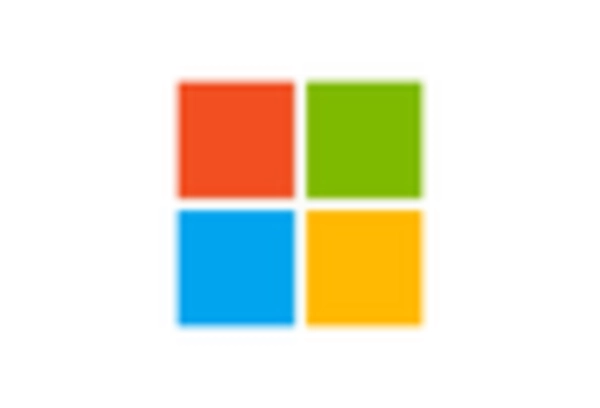
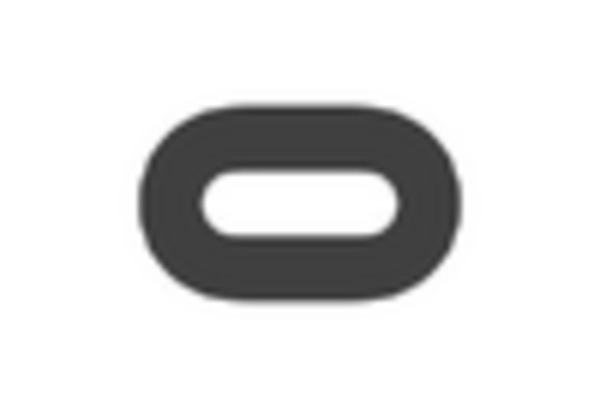
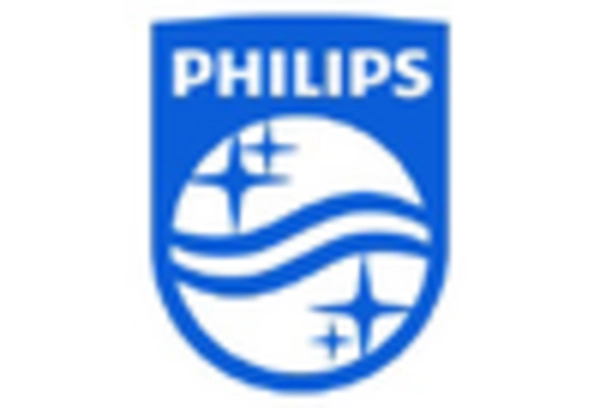








Leave a Comment